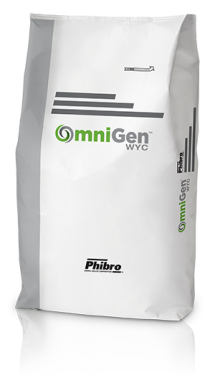Measuring and Managing HBS and Other Costly Issues
Minnesota dairy producer teams up with Phibro to assess a herd fraught with health and production challenges1.
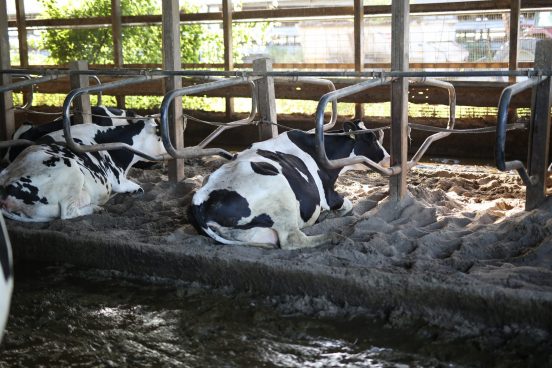
Despite careful management practices and the use of autogenous vaccines for Clostridium perfringens developed against two isolated strains, one Minnesota dairy farm had a history of transition cow metabolic disease and Hemorrhagic Bowel Syndrome (HBS) – a tough challenge, given the fact that 79.3% of HBS cases in dairy cows result in cows being removed from the herd through death or culling.2 Not only did HBS occur with regularity on this operation, but blood tests from fresh cows indicated low to marginal levels of key macro- and micro-minerals. Non-esterified fatty acids (NEFAs) and glucose levels were also outside of normal ranges, and problems with the dry cow program were causing cows to lose weight prior to freshening.
Dairy producers are resilient and this one was no exception. The producer reached out to his local dairy technical manager from Phibro Animal Health Corporation. Together, they created a study to evaluate changes in herd health parameters and production data and measure the results of feeding OmniGen® AF to lactating cows at the recommended feeding rates.
Observations from the Operation
To set the stage, the dairy milked 240+ Holsteins with an RHO of 27,000 pounds. All lactating cows were fed a 1-group TMR consisting of corn silage, alfalfa hay, high-moisture corn and commercially blended mineral vitamin supplement, while dry cows were fed a dry cow TMR of corn silage, oat or wheat straw and a commercial supplement. Silages were stored in upright silos and bags, and hay stored in a metal barn.
Random samples of the corn silage, high-moisture corn, milk cow TMR and dry cow TMR were taken throughout the 18-month observation period and were tested for the presence of Aspergillus fumigatus (AF) – which showed that both dry and milk cow groups were exposed to mold daily, and 77% of cows had detectable levels of AF. More than half of these had blood levels of >1 genomic unit x 104 ml, placing them in the upper 25 percentile of all cows submitted for testing in the U.S.
The cows were also studied during three distinct observation periods. In the first and third, OmniGen was not included in lactation diets. OmniGen AF was, however, included in the second observation period. Dairy Comp 305 records were used to provide information on dairy production and health.
The Findings
Because of improved overall immunity in cows fed OmniGen AF, incidences of HBS dropped from 14 to two cases per month and cases of mastitis dropped from 41 to 18 cases per month. The reduction of mastitis and HBS weren’t the only impact noted in the OmniGen group. Improvements in immunity for animals in this group were also observed to have more days in milk, more cows in milk and produce more milk per cow.
Assessing the long-term effects of a feeding program or gut health feed additives can be difficult – dairies are dynamic places with numerous, ever-changing variables. But this study used selected health disorders as benchmarks to best measure the differences. For this Minnesota operator, this data allowed him to see that in feeding OmniGen to improve immune function, they were better able to monitor for and manage HBS. This data will also play an important role as we continue to better understand HBS in cattle, in hopes of developing reliable strategies toward reducing HBS on dairies in the future.
Visit TheOmniGenDifference.com or contact your local Phibro representative to learn more.
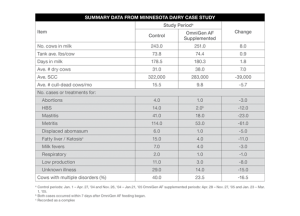
1PAHC Reference OG010107USA-R0121. Available upon request. 2USDA, 2014. Dairy 2014 Health and Management Practices on U.S. Dairy Operations. NAHMS-2014.
OG700721GLB-R0122 ©2022 Phibro Animal Health Corporation. Phibro, Phibro logo design, Healthy Animals. Healthy Food. Healthy World. and OmniGen are trademarks owned by or licensed to Phibro Animal Health Corporation or its affiliates.
Dairy Cattle Products
OmniGen® nutritional specialty products can help supplement your management strategy with a proven 2.5:1 return on investment.3





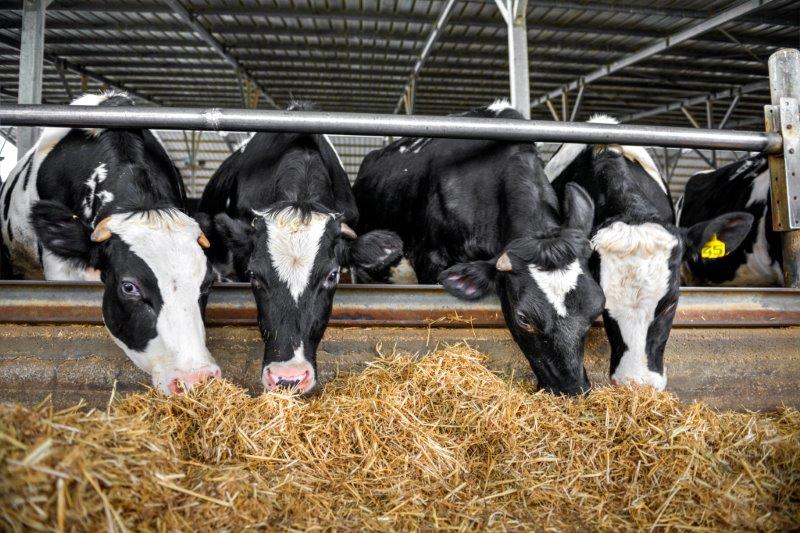
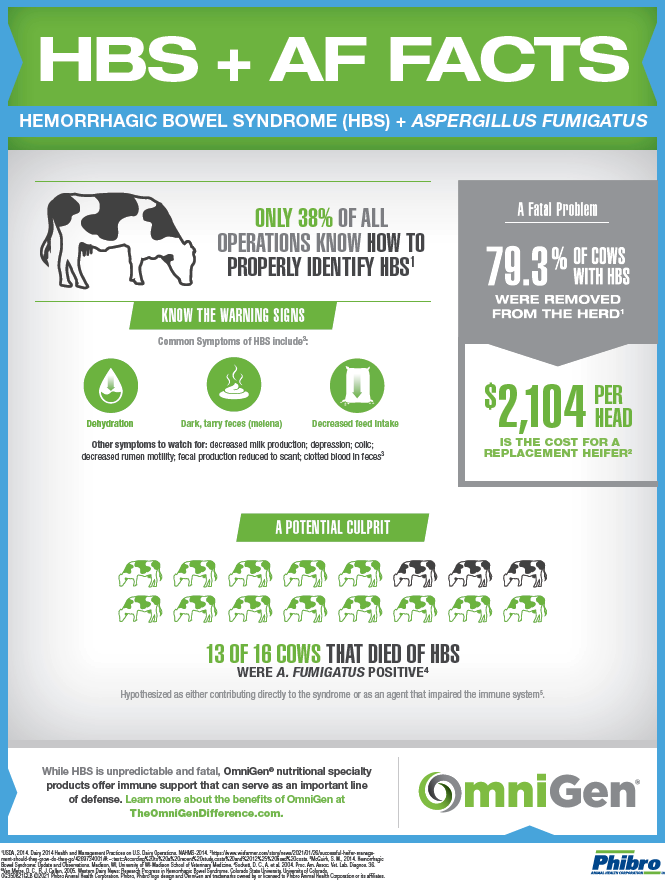
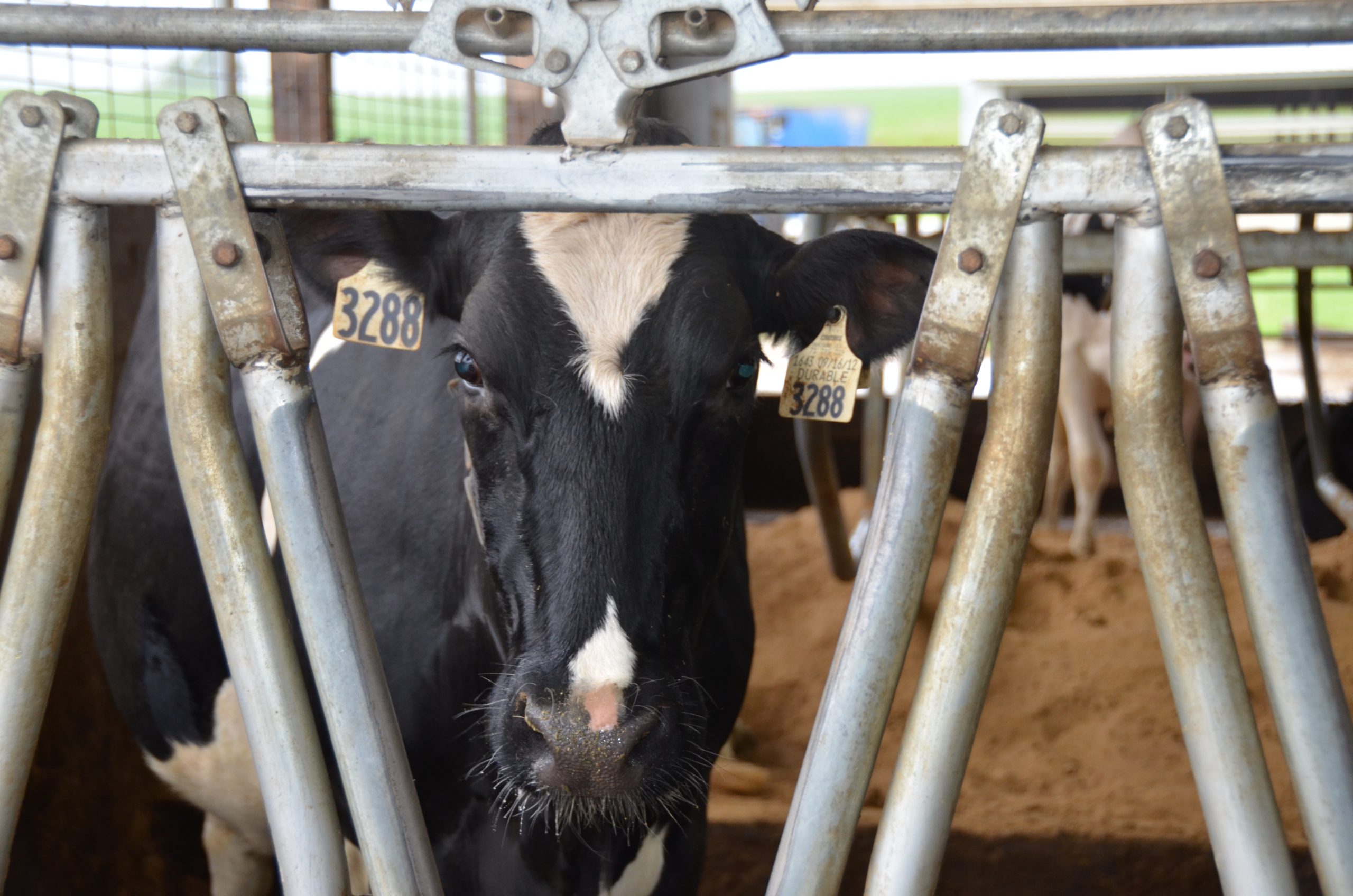
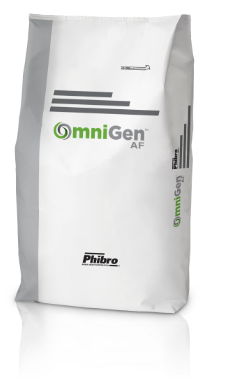
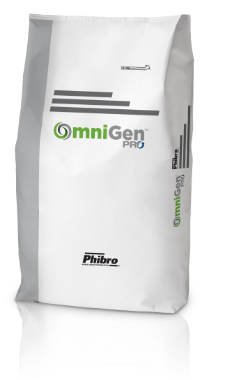
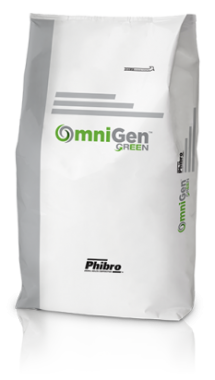
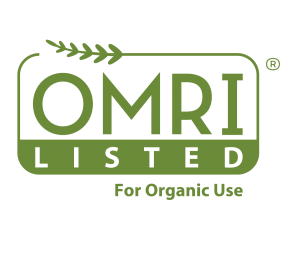 OmniGen Green is Organic Material Review Institute (OMRI) listed.
OmniGen Green is Organic Material Review Institute (OMRI) listed.